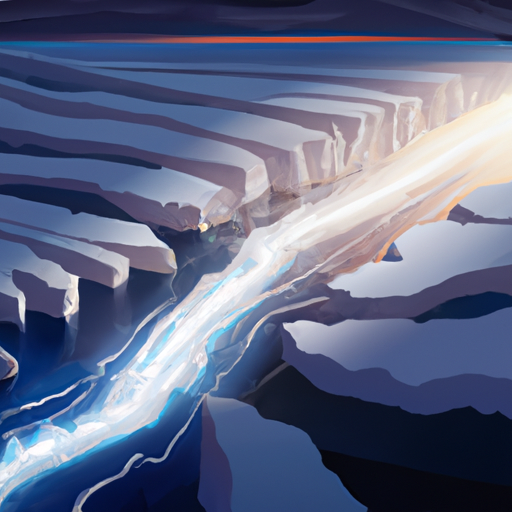
People are also trading
An "Ice sheet" is an entirely different thing than sea ice extent. Ice sheets are on land while the link is about sea ice extent. Perhaps that could/should be clarified.
I am also puzzled that people would want to wait 77 years for a ~14% return (based on 12% probability est) on their investment in a no position. Why would anyone trade this market unless they expect it to become true rapidly and be judged. I don't expect a market to work very well for such long term claims because it become more about whether people will find a better opportunity and sell out of a position that can only make a tiny rate of return. But I am new and perhaps I have misunderstood what is going on here.
@ChristopherRandles One thing to note is that you get 2% back daily as a loan on all of your investments
@ian Thanks was wondering where my loans came from, only just started. Yes that may make it better to have it invested somewhere then.
In 2022, Antarctic sea ice reached its annual peak on September 16. The 2022 winter maximum extent was 18.19 million square kilometers (7.02 million square miles). In 2023, Antarctic sea ice reached its annual minimum on February 21. At 1.79 million square kilometers (691,000 square miles), it was the lowest extent on record. This low value punctuated a series of below-average extents, including multiple record lows. Whether this was due to natural variability or the start of a climate-change signal was not clear as of February 2023. Making such a determination could require several more years.
@cloudprism The only viable path for sufficient cooling to reach that size of the ice shelf would be partially blocking out the sun for an extended period of time. Climate change mitigation alone would just lock in the current average.
To block out the sun there'd either need to be an enormous super volcano or an effort to place an aluminum sheet in space at the Lagrange point between the earth and the sun.
The first one is incredibly unlikely. Yellow stone for example has a yearly eruption probability of 1 in 730'000.
The second one would require a lunar bauxite mining and refining industry on the moon or vastly cheaper launch costs on earth. To mitigate the effects of global warming alone, the aluminum sheet would require about one full year of earth's current aluminum output.
This is possible, but very unlikely within the century. Also there is no real reason for the shield to be bigger than necessary to reduce temperatures below baseline, which would be required for the scenario.
I'd say the probability for the ice sheet to reach 25 million square kilometers is below 5%. And that mainly because of the randomness of weather rather than the other factors.
@Sinclair presumably because it's lighter. Even if you used steel or something else entirely the problem is not as much the production, it's making it get to where it needs to be cheaply and making it stay there. The more mass, the harder those become.